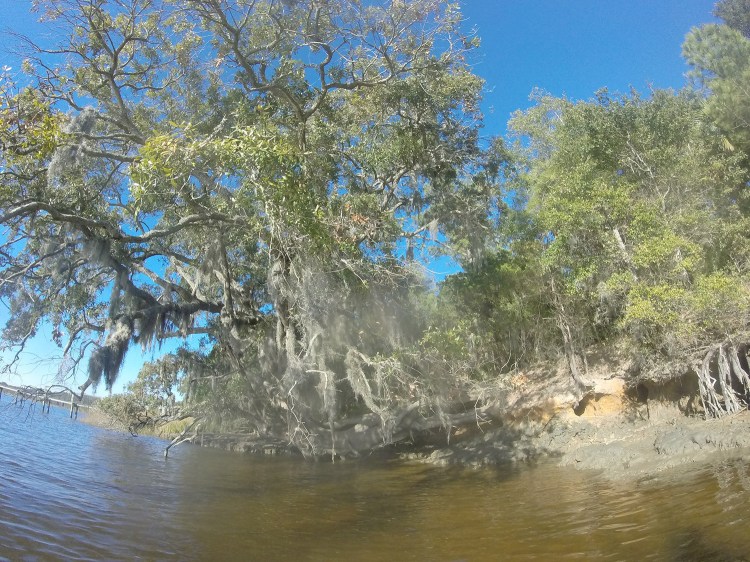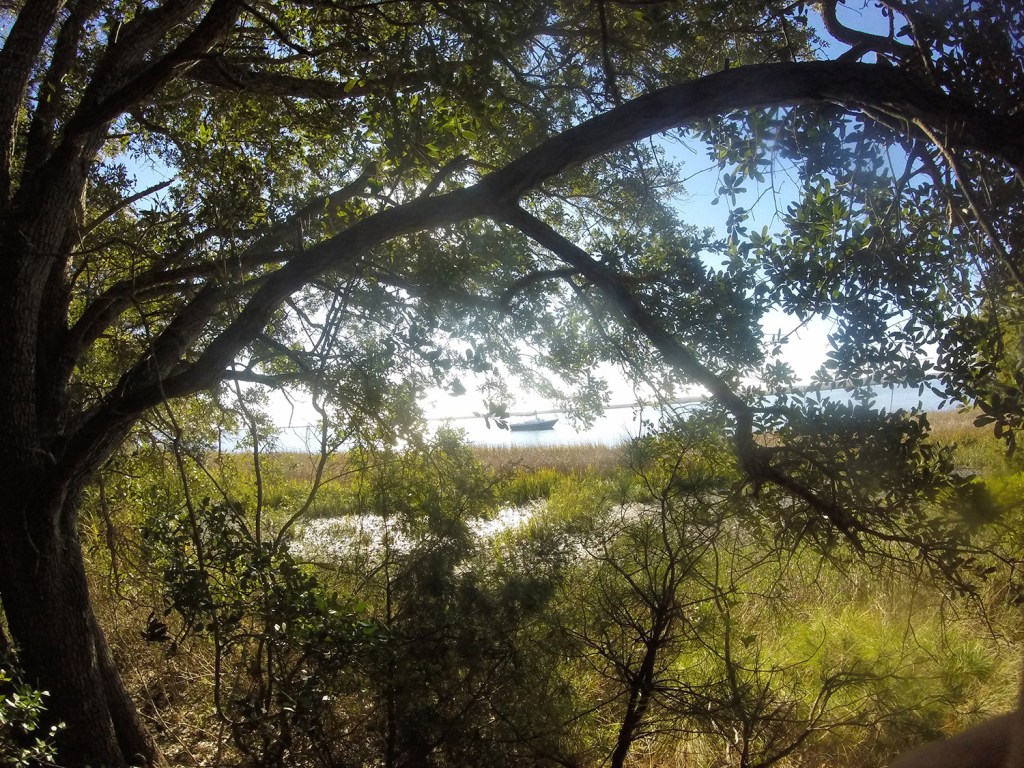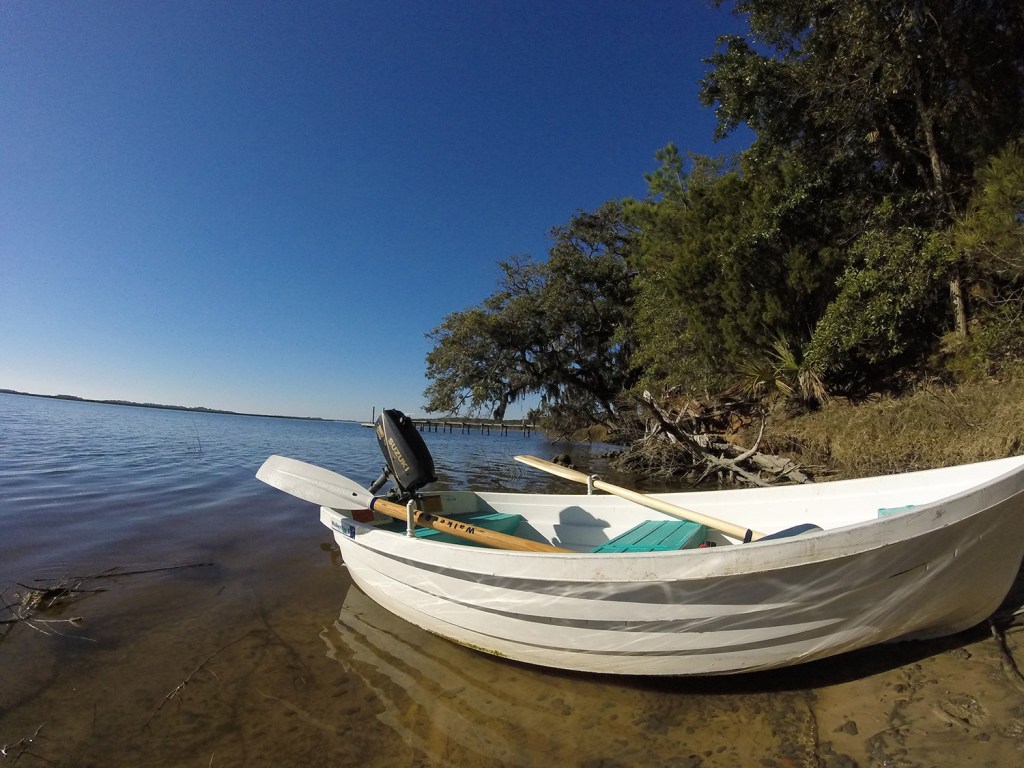This morning I arose from my bunk just before sunrise. I hauled up the anchor and sailed out through the fog into the open ocean.
I have a trip about 50 miles long ahead of me that will take me to a protected body of water in Georgia. The wind is gentle, which makes for slow but safe progress. When I arrive in Georgia I plan to row ashore to give Elli a brief walk, eat some sort of canned dinner, and fall asleep at an uncharacteristically early hour so that I can, again, wake before the sun.
Tomorrow’s sail will land me further into Georgia, and Wednesday’s sail will take me to St. Augustine, Florida. These three jumps I have already plotted out, timed, and picked anchorages to stay for the night.
Sailing on the ocean is a welcome reprieve compared to the stress and activity of the Intracoastal Waterway after so many weeks. I did sail in the open ocean for 12 hours to get to Charleston but the temperature and duration kept the trip from being too pleasant.
The Intracoastal Waterway is a series of cuts and channels that run up the east coast making for a protected journey south. Some of the cuts allow sailors to skip dangerous stretches, like going out past Cape Hatteras, sometimes called the graveyard of the Atlantic. For that purpose, the ICW is helpful and necessary. However, sailors run into other types of peril in the waterway. Shoaling, when mud or dirt builds up on the ocean floor and lessens the depth, makes running aground a frequent problem. Most of the time, a boat can back up and correct, but I have see many sailors having to wait for high tide, or needing to call a tow service.
The ICW is windy and narrow in parts. This is cause for beautiful trips where one passes by and under flowers, trees, and overhanging vines. While it is nice to look at, there are many things to be mindful of. My second day on the ICW I was too close to overhanging branches and they got caught in the top of my mast. The result was that my wind indicator was bent. I needed to be pulled up my mast by a fellow sailor. Not bad for me, but I felt some pangs of guilt as I watched my friend sweat and strain to keep lifting me.
In the Great Dismal Swamp canal I had to be more alert that ever as I watched for large logs that float across the waterway.
Mostly, however, the ICW made it impossible to sail in a lot of parts. The constant change of direction makes it hard to sail and there are so many boats in close proximity that it has the potential to be dangerous. I have, therefor been spending most of my time motoring. Diesel, as you may know, is more expansive that wind, and my wallet is hurting.
Today, with the wind in my sails and the peace and quiet of the North Atlantic Ocean on all sides, is a very good day.
Send questions/comments to the editors.




